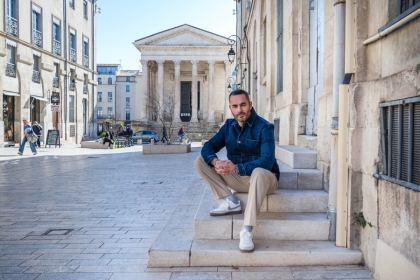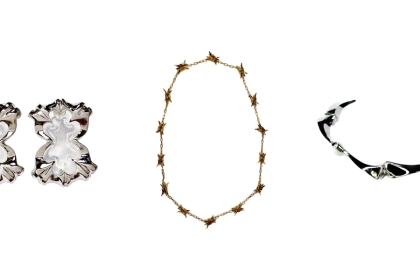Thanks to a machine learning approach and breathtaking knowledge on battery, Swiss start-up Aurora’s Grid has developed an algorithm that increases the battery lifetime.
The founder of Aurora’s Grid, Dimitri Torregrossa, decided to launch his start-up while he was spending holidays in Greece in the summer of 2016. After ten days of vacation, he opens his mailbox and receives bad and good news. The bad: his project to develop an algorithm that increases the life of batteries has been rejected by an academic partner. The good: several industrial partners are ready to support it. Torregrossa therefore chose to rely on the industry to launch the start-up Aurora’s Grid in October 2016.
The genesis of the project
Passionate about renewable energies and electrochemical storage, Dimitri holds a PhD in electrical engineering. For 5 years, he worked at the Federal Institute of Technology in Lausanne as part of his post-doctorate. He was studying the ageing of Lithium-ions batteries. These research topics led him to work with many industrial partners and to participate in projects in the Canton of Vaud. By studying different batteries, of all sizes, he has been confronted with the “wrong-usage” that most people make of it, whether it is the battery of their phone or that of their electric car. By launching Aurora’s Grid, he wanted to create a software that can help consumers by automatically managing the battery storage system.
For what types of batteries?
For the moment, Aurora’s Grid is focused on large batteries (residential, industrial and electric vehicles), but nothing prevents the algorithm created from being applied to phones and computers. The start-up is mainly aimed at manufacturers who design batteries for electric cars and homes. In fact, the residential battery market is progressing as the profitability of energy resale to energy suppliers is decreasing. People who install solar panels at home now have large interest in using a battery to store and use the electricity they produce, instead of reselling it as it is the case for now. Because energy suppliers buy it cheaper and cheaper.
How it works ?
Normally, the battery charges and discharges using all the available power. This allows the battery to be charged faster but it decreases its lifetime. The algorithm developed by Aurora’s Grid is able to learn the behaviours of the user via a patented machine learning approach. If the load consumption usually lasts for a long time, the software decreases the power and increases the charging time. So the battery does not use all the available power. In addition, it does not stay connected too long after the end of charging, another factor that damages the batteries. For residential and car batteries, normally changed every 10 or 15 years, this software can increase their lifespan by 40%!
A promising start-up
Aurora’s Grid software is available to industrial partners who can integrate it into their batteries to increase their lifetime. Their performance is improved but their price does not increase. The software can therefore be a decisive selling point for manufacturers. Aurora’s Grid is the main partner of a Swiss project that aims to give a second life to the used batteries of electric cars, in collaboration with PSA Groupe. The software could be integrated into the charging stations to increase battery lifetime and offer ancillary services.
Thanks to the support of the Swiss Federal Office of Energy (SFOE) and its first local customers, the start-up did not need to call on external financing . The software is in the process of industrialization and the first studies concerning its efficiency have shown very promising results. By December, it should be used in the market and Aurora’s Grid has planned to triple the company’s workforce, currently having 4 employees, by 2020: a success story that accompanies the worldwide energy transition.





